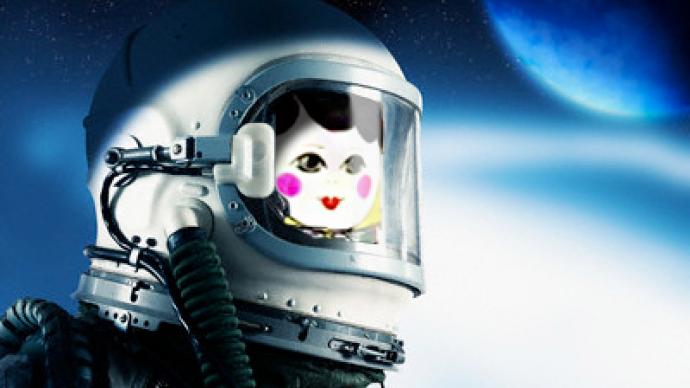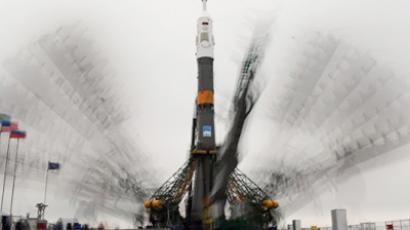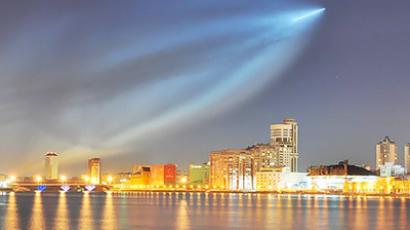ISS crew revives space matryoshka

As the Space Shuttle Endeavour plans to fly her final mission in mid-May, the current crew of the International Space Station is setting up scientific experiments for the Expedition 27/28.
One of them is the Russian-European Matroshka project, the ongoing study of the effects of radiation on the human body, the new stage of which is prepared by flight engineer Andrey Borisenko. The experiment is named after the iconic nestling doll, because just like the matryoshka it has a number of layers with a special detector called “phantom” at the core.The phantom is made of materials, which imitate human muscles and bones, and has a number of radiation detectors inside.The new series of experiments will use the Russian-made “Matroshka-R” spherical phantom. The experiment will focus on research of neurons, reports Itar-Tass.The European phantom “Mr Rando” is shaped as a human torso and served until March, when its detectors were dismounted and sent back to Earth for study. It is made from different materials and uses detectors placed at various depths as compared to the Russian phantom, which gives scientists a chance to study data sets in comparison.Matroshka experiments at the ISS started in 2004, when the phantom in a protective capsule was placed outside the space station. They are aimed at collecting data on radiation exposure tolerances, which is needed for planning spacewalks or future manned missions to the Moon and Mars.Meanwhile, the three outgoing crew members Dmitry Kondratiev, Catherine Coleman and Paolo Nespoli are preparing for their return on May 24. They are getting their landing suits ready and using the exercise machine Chibis, which helps prepare for normal gravity after the long exposure to zero gravity.














